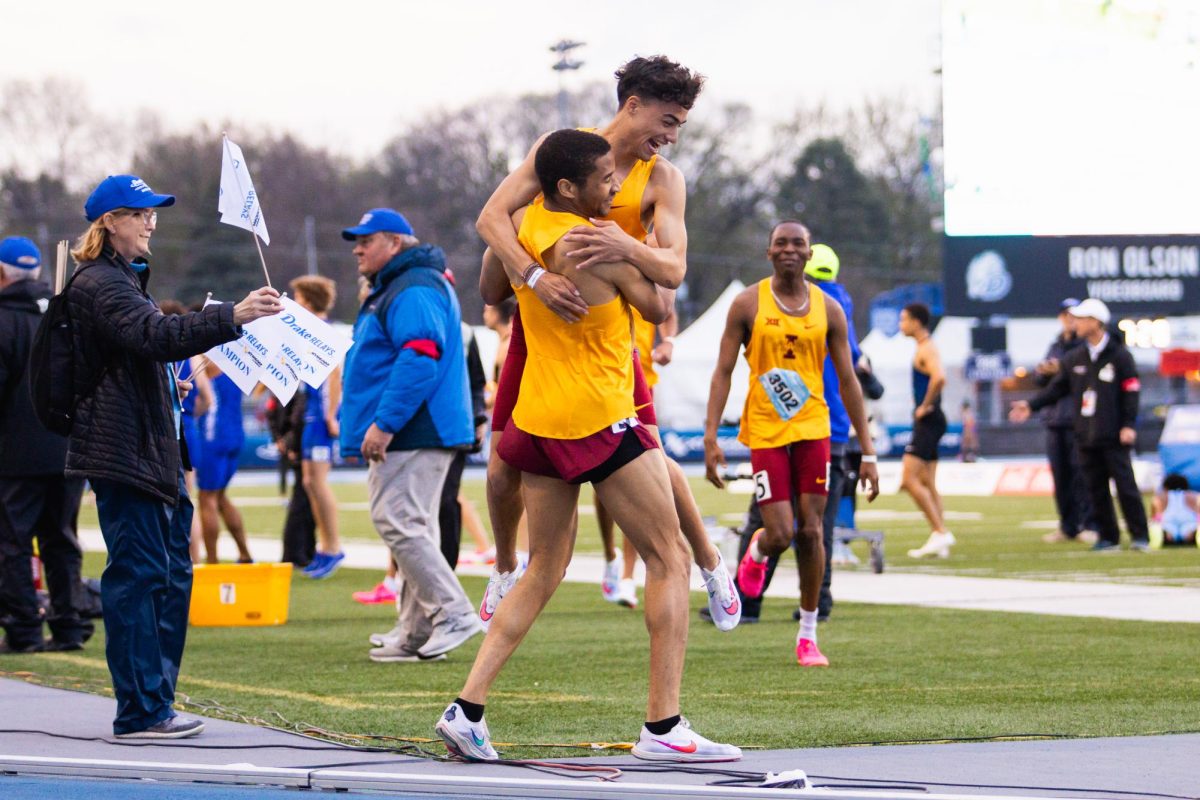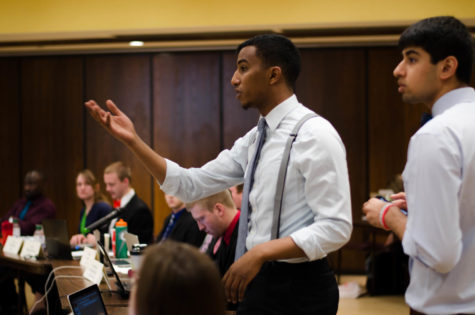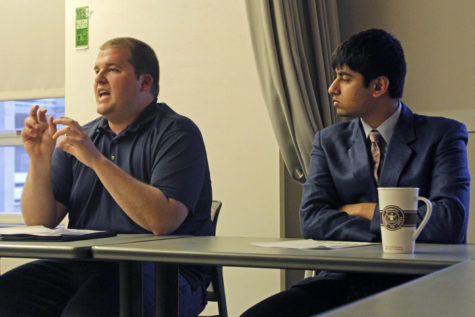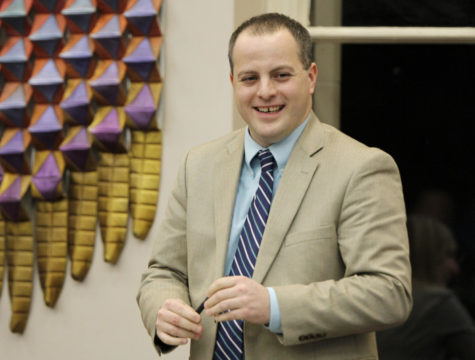Regents make revisions to proposed increases
October 16, 2002
Since its last meeting the Board of Regents has revised its proposed tuition increase.
Students, faculty and others will have an opportunity to express concern to the board meets Wednesday and Thursday in Cedar Falls.
President Gregory Geoffroy requested earlier this month that the board modify its proposed increase for students in the College of Veterinary Medicine, falling in line with increases proposed for other students.
Greg Nichols, executive director of the board, said the modification “didn’t cause any concern” because “it makes the vet med students comparable to other students on campus.”
Mark Chidister, assistant to the president, said three factors contributed to Geoffroy’s recommendation. The first was bringing tuition for veterinary medicine students in line with the increase for all other ISU students.
Second was considering the initial proposal in relation to the cost of professional programs at the University of Iowa, including medicine and dentistry. The third factor was the “recognition of the cost of the education relative to the average starting income for veterinary medicine students [and the desire to] keep costs as low as possible,” Chidister said.
It was initially proposed that the increase for resident veterinary medicine students would go up 17.6 percent, or $1,484 forcontinuing and $1,620 for incoming students. It will now likely be increased at a flat rate of $650. Nonresident students will likely pay an additional $1,300, rather than the initially proposed 10.5 percent increase of $2,412 for continuing and $2,632 for incoming students.
Jen Dykstra, GSB senator for the College of Veterinary Medicine, said this change means a lot to students in the college.
“A percentage increase for [nonresident students] could mean from $3,000 to $5,000. That’s astronomical … considering starting offers last year were around $45,000.”
Dykstra said it is not uncommon for nonresident students in her college to graduate with more than $100,000 of debt.
Government of the Student Body President T.J. Schneider said the three state university student governments have been in contact during the past month but will work separately at this meeting. Each will focus on its institution’s specific needs.
Nichols said he is anticipating a more thorough report from student leaders and university officials.
“No matter how many students are physically present, it will be reported in much more detail,” Nichols said. He said each institution will give detailed information regarding priorities and how tuition revenue will be spent.
Earlier this semester more than 200 veterinary medicine students met with Schneider and GSB Vice President Joe Darr. Geoffroy and Vice President for Academic Affairs and Provost Ben Allen met with several veterinary medicine students the day the recommendation was made.
“Students were very proactive about this,” Dykstra said. “If there has to be an increase, we’re glad we’re being compared to University of Iowa’s professional programs. We’re very glad the factors that make us different are being considered.”
Nichols said Wednesday’s meeting will allow student leaders and administration to “paint a picture of what those increases will mean to students and to the universities in terms of education and priorities.” At the Nov. 13 and 14 meetings in Ames the board will use all that information to make their decisions about the increase.
“After this debate happens, I hope it will clarify what the issues are,” Nichols said. “Students will have a chance, through e-mail and talking with their leadership, to give some further input if they desire to do so. The choices are difficult all the way around.”
The board will also receive annual reports on student financial aid and university enrollment.
Nichols said he anticipates a number of questions regarding average student-loan debt and ways to reduce it.









